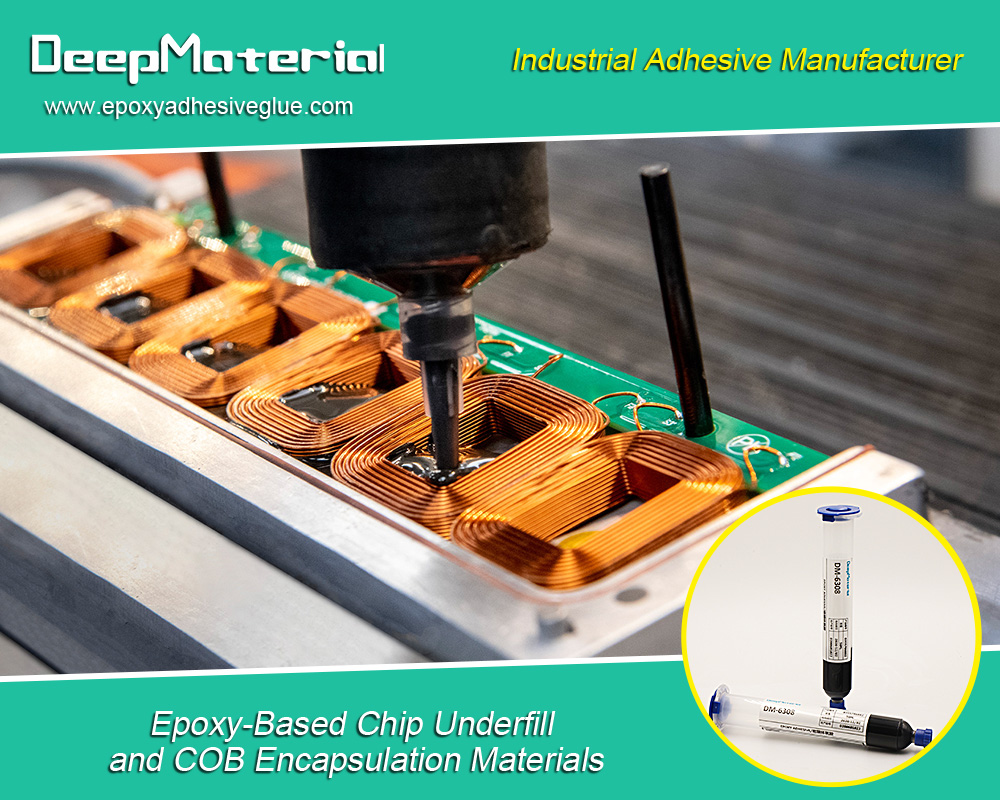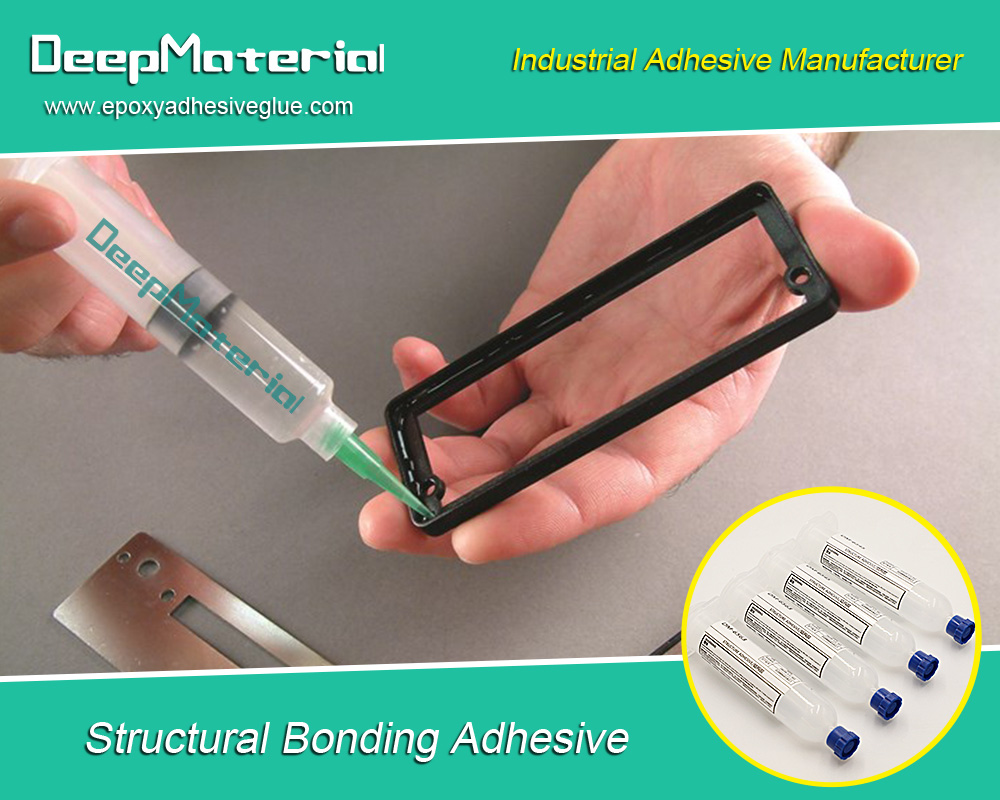Common Mistakes to Avoid When Using Glue for Magnets in Electric Motors
Common Mistakes to Avoid When Using Glue for Magnets in Electric Motors
Electric motors are an essential component of many machines and devices, from household appliances to industrial equipment. One crucial aspect of electric motor construction is the use of glue to secure the magnets in place. Proper glue application is essential to ensure the motor’s stability, efficiency, and performance. In this article, we will discuss the importance of proper glue application in electric motors, common mistakes made when using glue for magnets, and tips for proper glue application.
 Importance of Proper Glue Application in Electric Motors
Importance of Proper Glue Application in Electric Motors
Proper glue application is crucial in electric motors to ensure the magnets’ alignment and stability. The magnets must be precisely positioned to generate the magnetic field required for the motor to function correctly. If the magnets are not aligned correctly, the motor’s efficiency and performance will be compromised, leading to motor failure and damage.
In addition to proper magnet alignment, proper glue application also increases motor efficiency and performance. The glue helps to reduce vibration and noise, which can affect the motor’s operation. A well-glued motor will also have a longer lifespan and require less maintenance.
Common Mistakes You Can Make
Several common mistakes can occur when using glue for magnets in electric motors. These mistakes can lead to motor failure, reduced efficiency, and performance. Some of the most common mistakes include using the wrong type of glue, applying too much or too little glue, not allowing enough time for the glue to dry, improper surface preparation, not using enough clamping pressure, and not checking for glue residue.
Using the Wrong Type of Glue
However, using the wrong type of glue can lead to a weak bond, which can cause the magnets to shift or come loose over time. This can result in decreased motor performance and even motor failure. Cyanoacrylate, also known as superglue, is another option for gluing magnets in electric motors.
It is fast-drying and creates a strong bond, but it may not be suitable for high-temperature applications. Silicone is a flexible adhesive that can withstand high temperatures and vibrations, making it a good choice for electric motors that experience a lot of stress. Ultimately, choosing the right type of glue for gluing magnets in electric motors depends on the specific application and the conditions the motor will be exposed to.
Applying Too Much or Too Little Glue
Applying too much or too little glue is another common mistake when gluing magnets in electric motors. Applying too much glue can lead to excess glue seeping out and interfering with the motor’s operation. Applying too little glue can result in the magnets not being securely attached, leading to motor failure. It is essential to apply the right amount of glue to ensure proper magnet alignment and stability.
Not Allowing Enough Time for Glue to Dry
When gluing magnets in electric motors, it is important to be patient and allow enough time for the glue to dry. Rushing the process can lead to serious consequences, such as motor failure. This is because the glue needs time to cure properly in order to create a strong bond between the magnet and the motor. If the glue is not given enough time to dry, it may not bond correctly, which can cause the magnet to become loose or even detach completely.
This can result in a loss of power or even damage to the motor. Therefore, it is crucial to carefully follow the manufacturer’s instructions for drying time and ensure that the glue has fully cured before using the motor. By taking these precautions, you can help ensure that your electric motor functions properly and lasts for a long time.
Improper Surface Preparation Before Applying Glue
Improper surface preparation is a crucial factor that can lead to the failure of glued magnets in electric motors. The surface of the magnet and the motor must be free from any dust, oil, or other contaminants that could interfere with the bonding process. Even small particles of dirt or dust can cause a gap between the magnet and the motor, which can weaken the magnetic field and reduce the efficiency of the motor.
Therefore, it is essential to clean the surface thoroughly before applying the glue. The cleaning process may involve using solvents, sandpaper, or other abrasive materials to remove any debris or contaminants. Once the surface is clean, it is important to ensure that it remains free from any contaminants until the glue has fully cured.
Not Using Enough Clamping Pressure While Applying
This is another common mistake when gluing magnets in electric motors. Clamping pressure is essential to ensure the magnets are securely attached to the motor. Failure to use enough clamping pressure can result in the magnets not being aligned correctly, leading to motor failure.
Not Checking for Glue Residue After Applying Glue for Magnets in Electric Motors
When gluing magnets in electric motors, it is crucial to ensure that there is no glue residue left behind. This is because glue residue can cause interference with the motor’s operation, leading to motor failure. The presence of glue residue can cause the motor to overheat, which can damage the motor’s internal components and reduce its lifespan.
It is essential to check for any residue and remove it before the motor is put into operation. This can be done by using a solvent or a scraper to remove any excess glue from the surface of the motor. By taking this precautionary measure, you can ensure that your electric motor operates smoothly and efficiently, without any interruptions or malfunctions caused by glue residue.
 Final Thoughts
Final Thoughts
Proper glue application is essential for the stability, efficiency, and performance of electric motors. Common mistakes when using glue for magnets in electric motors include using the wrong type of glue, applying too much or too little glue, not allowing enough time for the glue to dry, improper surface preparation, not using enough clamping pressure, and not checking for glue residue.
To ensure proper glue application, it is essential to choose the right type of glue, apply the right amount of glue, allow enough drying time, prepare the surface properly, use enough clamping pressure, and check for glue residue. By following these tips, you can ensure your electric motor operates efficiently and has a long lifespan.
For more about choosing the Glue for Magnets in Electric Motors, you can pay a visit to DeepMaterial at https://www.epoxyadhesiveglue.com/magnetic-iron-bonding/for more info.











